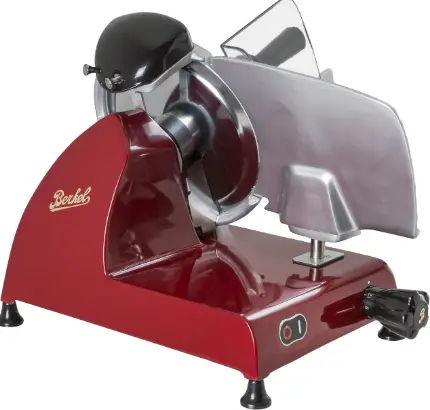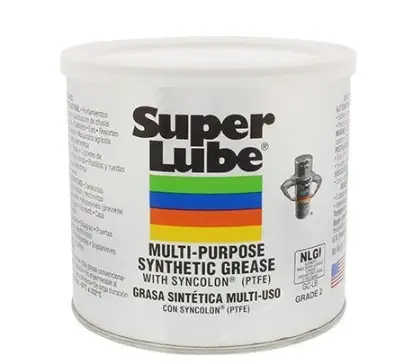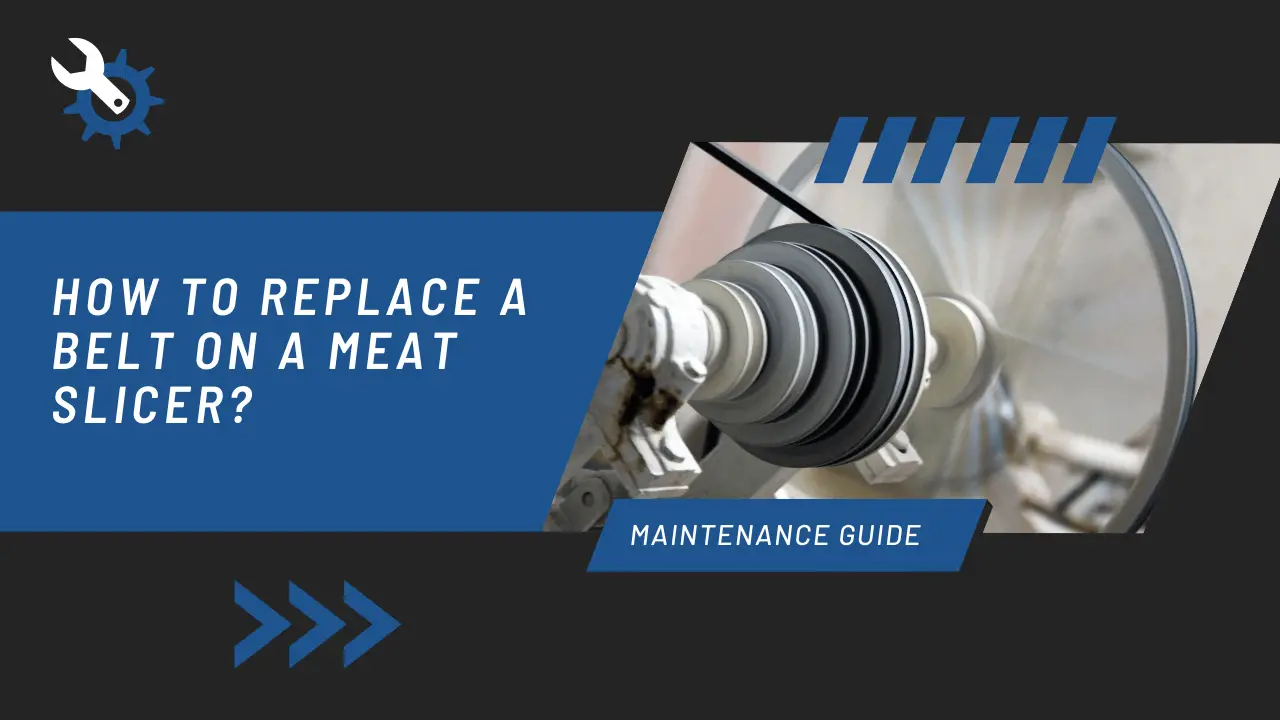Direct Answer: To oil, a Berkel slicer, use a food-safe lubricant instead of vegetable oil. Remove the food chute and tilt the slicer to expose the guide rod. Apply lubricant to the guide rod and behind the sharpening stones. Lubricate the food chute slide rod as well. Reassemble the slicer after you finish.

Berkel slicers, renowned for their efficiency and precision, are the unsung heroes of many kitchens. Just as every kitchen maestro requires a well-tuned instrument, every Berkel slicer demands regular maintenance to perform at its best. Among these maintenance tasks, oiling stands paramount. Regular lubrication ensures smooth operation, extends your slicer’s lifespan, and guards against potential damages.
Why Should You Oil Your Berkel Slicer?
Maintaining a well-oiled slicer is vital for a plethora of reasons.
- It guarantees the smooth operation of the device. Lubricating your Berkel slicer minimizes friction between the moving parts, leading to a seamless slicing experience every time you use it.
- It helps reduce wear and tear. Just like a well-oiled machine, your slicer will run efficiently and will be less prone to damages that could result from the dry operation. The lifespan of your Berkel slicer is significantly extended with regular oiling, ensuring your investment stands the test of time.
- Lubricating your slicer adds to its cleanliness and safety. A well-oiled slicer is easier to clean, reducing the build-up of food residues that could become a breeding ground for bacteria. By oiling your slicer, you not only keep it running smoothly but also ensure the health and safety of all who enjoy the fruits (or in this case, the finely sliced meats and veggies) of its labor.
What Oil Is Best For Lubricating Berkel Slicer?
When it comes to oiling your Berkel slicer, the choice of oil can make a big difference. Many people might be tempted to reach for readily available oils like vegetable or olive oil, but these are not ideal for machinery. These oils can become sticky over time, which can lead to build-up and interfere with the operation of your slicer.
Instead, you should opt for a food-safe lubricant specifically designed for kitchen appliances. These oils are formulated to withstand the heat and pressure of continuous use without breaking down or becoming sticky. They help ensure the slicer’s moving parts slide smoothly against each other, reducing wear and tear.

One such lubricant that is commonly recommended is Super Lube Synthetic Grease. This lubricant is safe for incidental food contact, has a high-temperature range, and is resistant to water washout. It’s ideal for lubricating the guide rods and carriage rails of your slicer, ensuring smooth, trouble-free operation.
How TO Oil A Berkel Slicer?
Ensure the slicer is unplugged and turned off before you start the lubrication process.

Step 1: Remove the food chute: Undo the release knob and set the food chute aside.
Step 2: Expose the guide rod: Tilt up the slicer to expose the guide rod.

Step 3: Apply lubricant to the guide rod: Use the gel lubricant to coat the guide rod thoroughly. Move the slicer back and forth on the rod to distribute the lubricant.

Step 4: Disassemble the sharpening stone assembly: Undo the release knob, but be careful because the blade will be exposed.
Step 5: Lubricate the stones: Spray the lubricant behind the stones or apply the gel. Use the buttons to distribute the lubricant.
Step 6: Reassemble the slicer: Make sure to put everything back in its place.
Step 7: Lubricate the food chute slide rod: Again, use the gel and distribute it evenly.
Regular maintenance will ensure your slicer works effectively for a long time.
Signs That Your Berkel Slicer Needs Lubrication
- Unsmooth Carriage Movement: The carriage of your Berkel slicer should glide effortlessly back and forth. If you notice that it’s becoming difficult to move or it’s not sliding as smoothly as it used to, it’s likely that the slicer needs lubrication. Lubricating the slide rods can reduce friction and restore smooth operation.
- Unusual Noises: Your slicer usually operates with a consistent, almost comforting hum. If you start hearing grinding, squeaking, or other unusual sounds, it could mean the slicer is struggling due to increased friction. This is a clear sign that it’s time to oil the moving parts.
- Inconsistent Slicing: If your slices are uneven or if the slicer is struggling to cut through the food, it may be a sign of a slicer in need of lubrication. A well-lubricated slicer delivers consistent, smooth slices every time.
- Blade Performance: If your blade isn’t rotating smoothly or seems to be laboring more than usual, it might be time to apply some lubricant.
FAQs
What are the hazards of a meat slicer?
The main hazards include accidental cuts from the sharp blade and potential food contamination if the slicer isn’t cleaned properly.
When should you slice meat with the grain?
Generally, you should slice against the grain for a tender cut. Slicing with the grain is usually done for meats that will be cooked for a long time in a slow cooker or braised.
Can you use olive oil as a lubricant for machinery?
Olive oil is not recommended as a lubricant for machinery as it can become gummy and attract dust.
Which part of the meat slicer may need to be oiled from time to time?
Key parts of oil are the guide rod, the sharpening stones, and the food chute slide rod.
What is the correct order to clean a meat slice?
Unplug the machine, remove all detachable parts, clean the slicer’s body, clean the detachable parts, let all parts dry, reassemble the slicer, and sanitize the surface around the slicer.
Conclusion
Remember, your slicer is a powerful tool, but it requires care and maintenance to function optimally. So, whether it’s the whisper of the guide rod in need of a little lubricant, or the sharpening stones crying out for attention, keep an ear out for the tell-tale signs. And when the time comes, grab your trusty food-safe lubricant and follow this guide. You’ll have your Berkel slicer back in tip-top shape in no time!
Key Notes
- Regularly lubricate your Berkel slicer for optimal operation and longevity.
- Use a food-safe lubricant, not vegetable oil, to prevent your slicer from gumming up.
- Know the signs of a slicer in need of lubrication, such as an unsmooth carriage or unusual noises.
- Follow the step-by-step guide for lubrication, ensuring you’ve unplugged and turned off the slicer first.
- For safety, always be mindful of the exposed blade during disassembly.

Mario Batali is a renowned author, food enthusiast, and passionate chef who has dedicated his life to exploring the world of culinary arts. With a love for sharing his knowledge and experiences, Mario has become a prominent figure in the food blogging community, inspiring countless readers with his creativity and expertise.
In addition to his culinary prowess, Mario Batali is also a talented writer with a flair for engaging storytelling. He launched his own food blog to share his recipes, cooking tips, and personal experiences in the kitchen. Over time, Mario’s blog gained a loyal following of food enthusiasts who appreciate his unique approach to cooking and his dedication to using only the finest ingredients.
Mario Batali’s passion for food and his commitment to sharing his knowledge with others have made him a true inspiration in the world of culinary arts. Through his blog, cookbooks, and public appearances, Mario continues to spread his love of food and the joy of cooking with his ever-growing fanbase.







